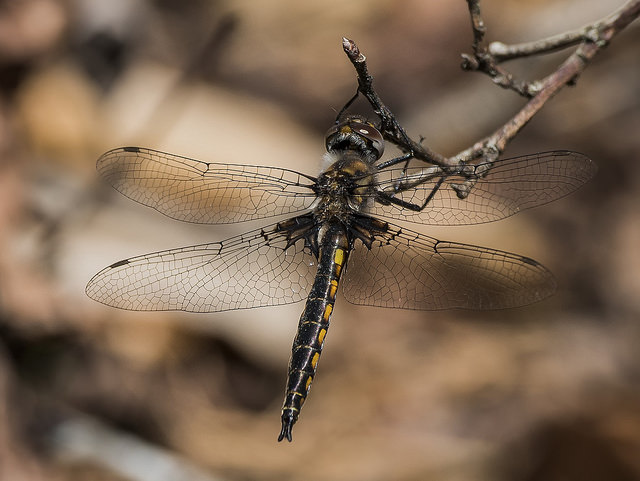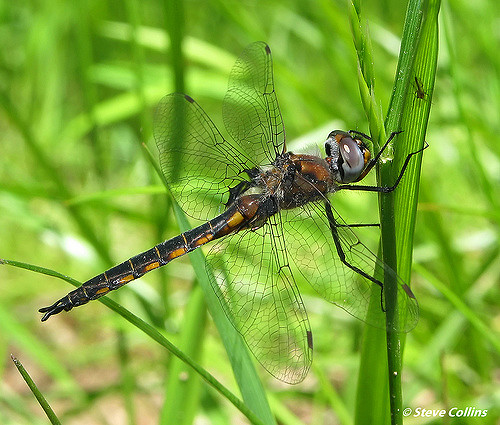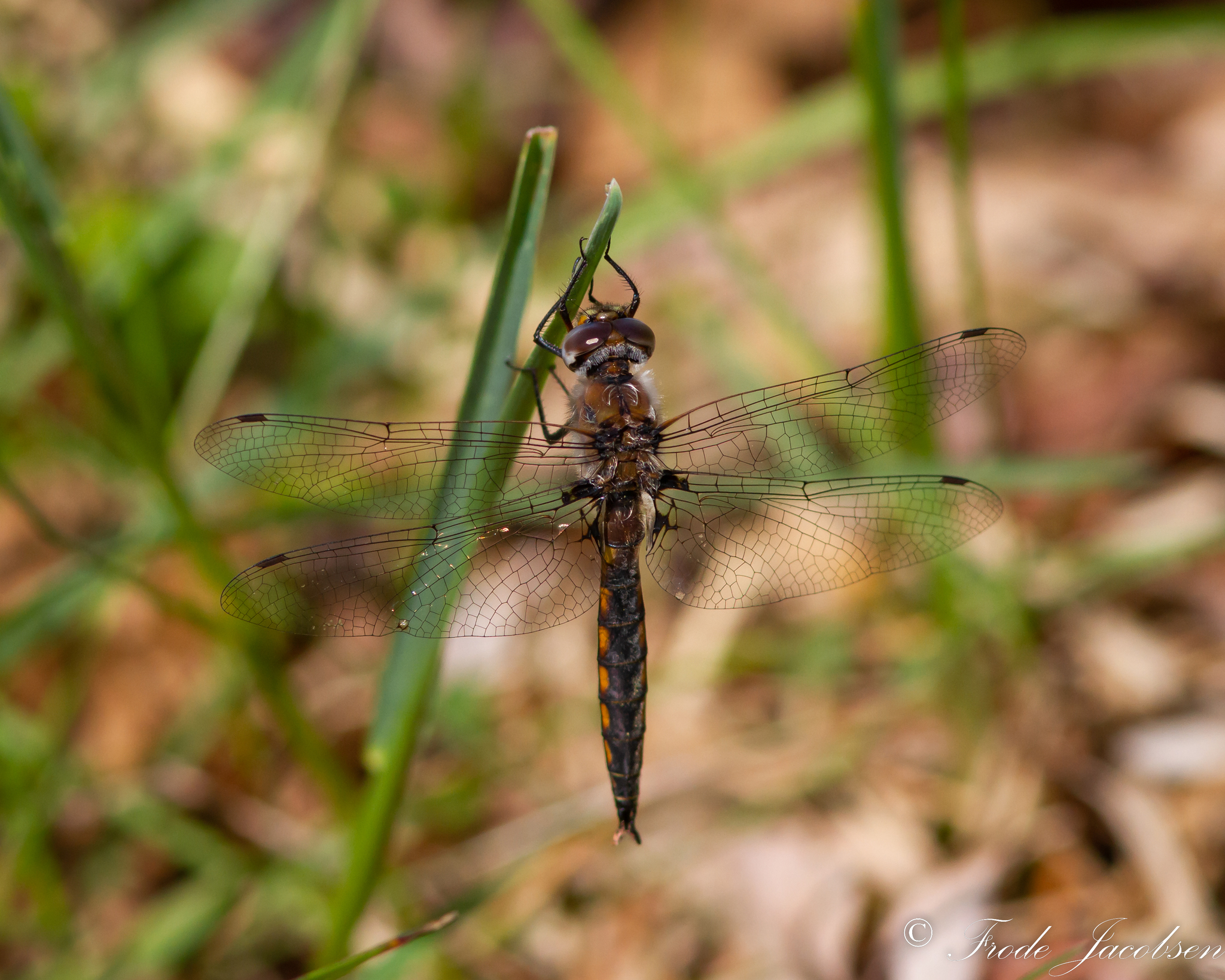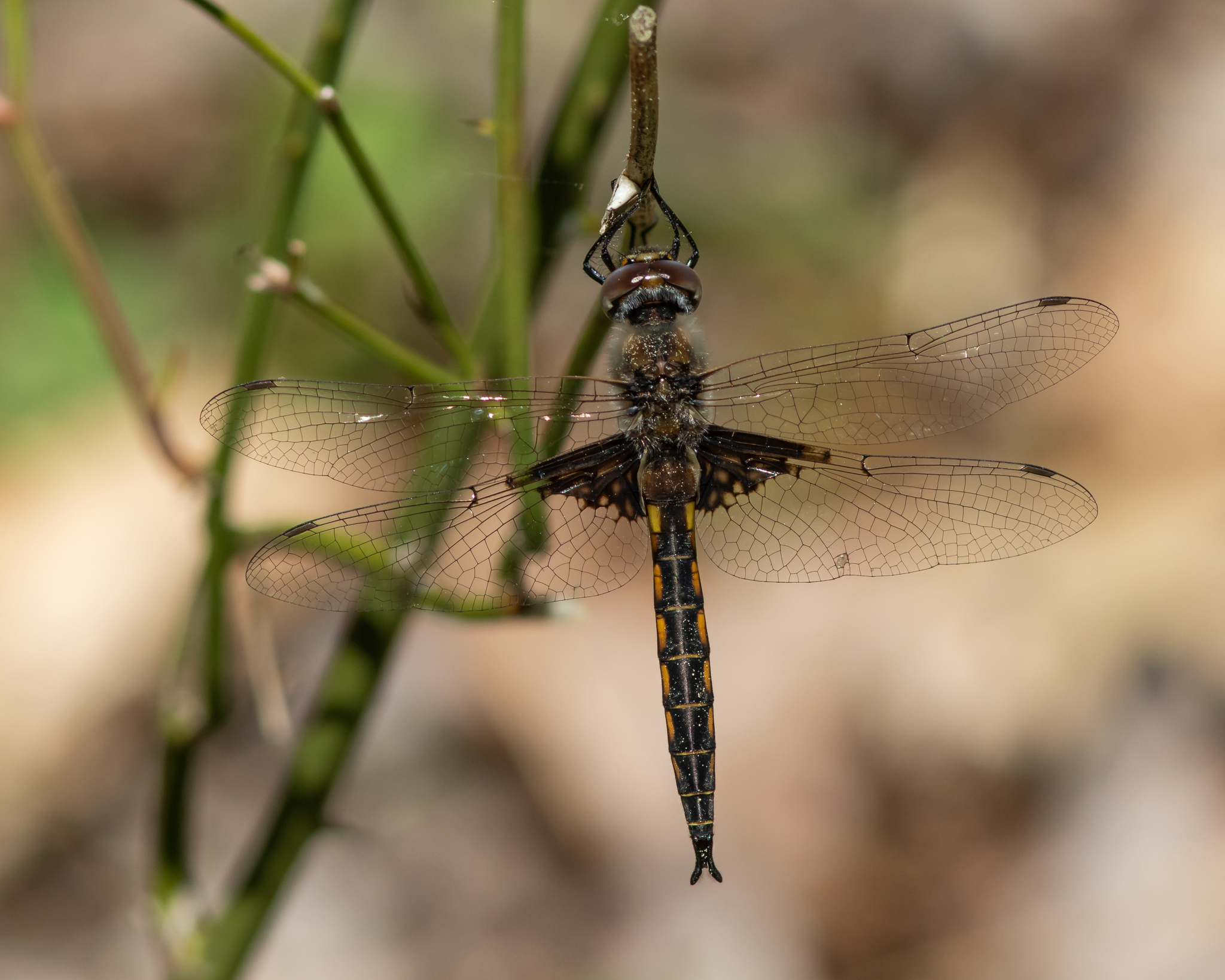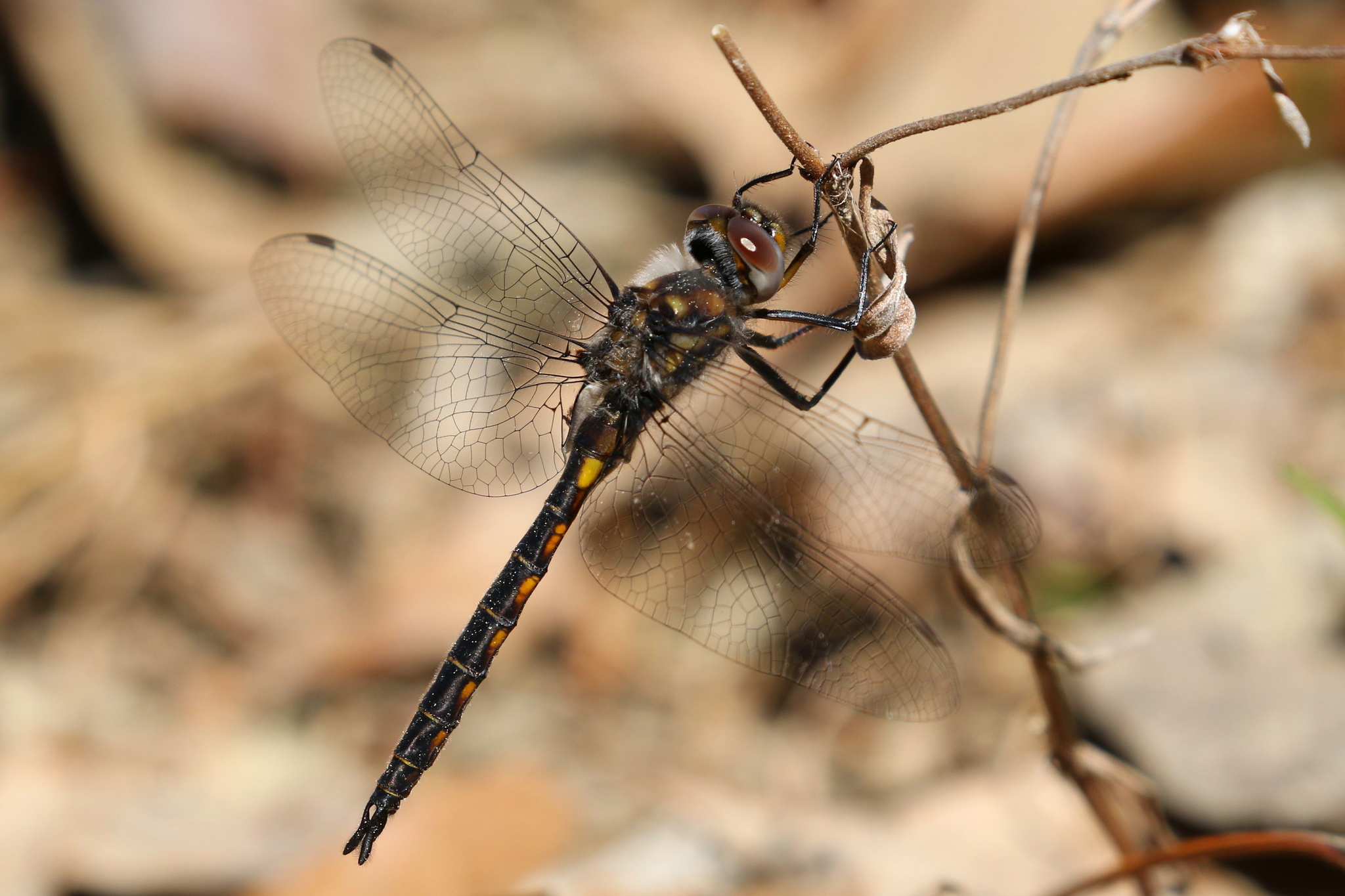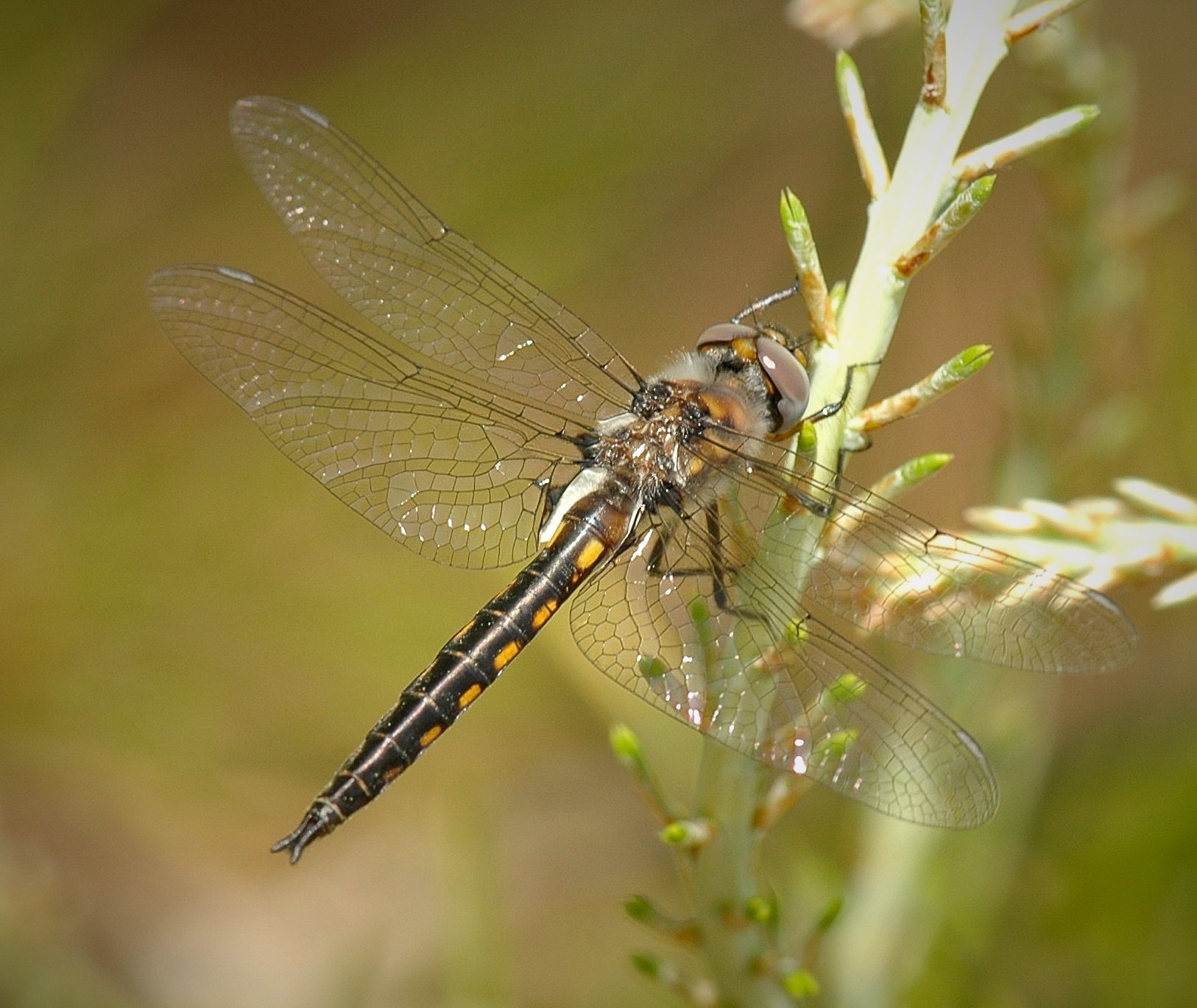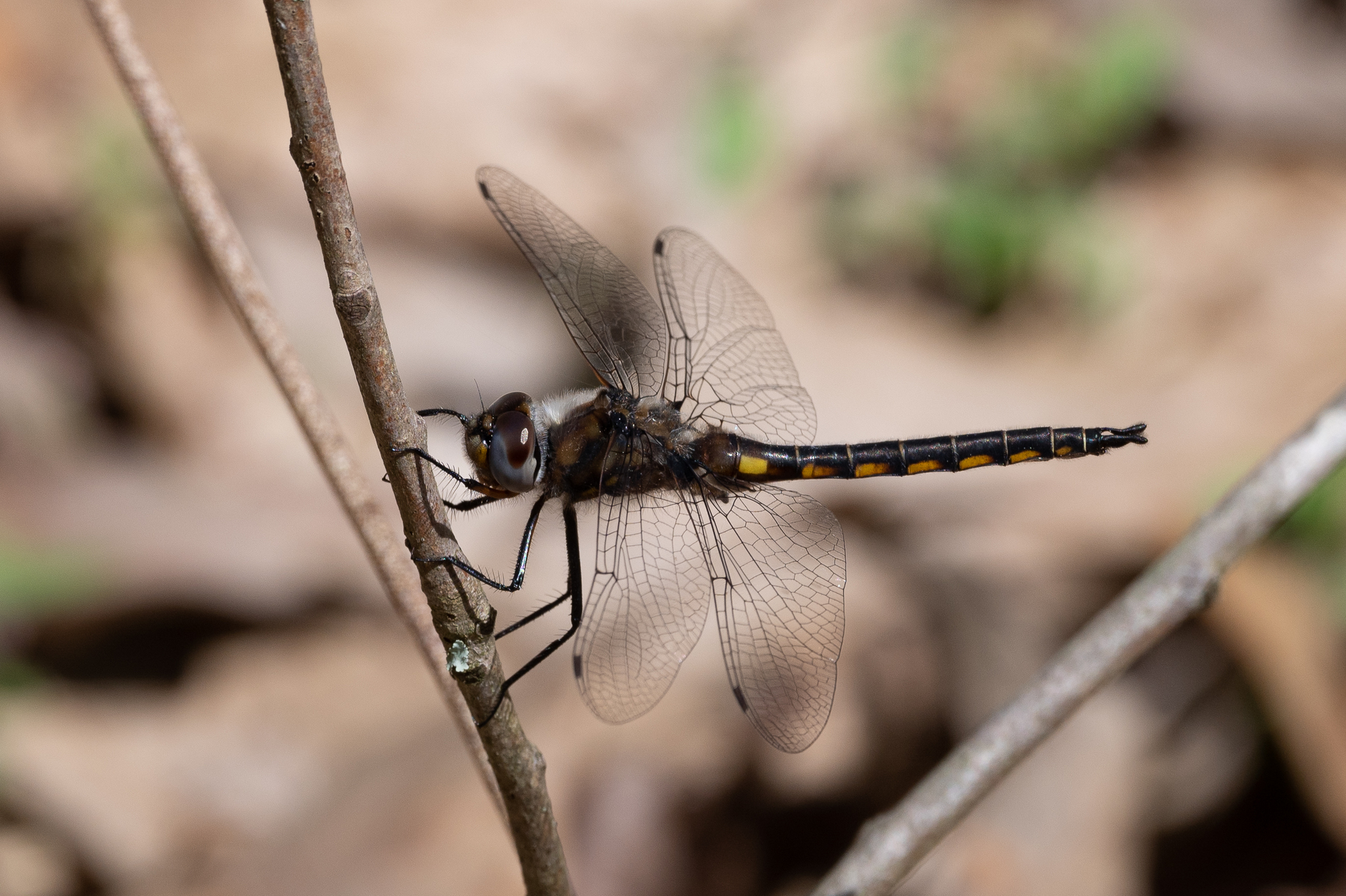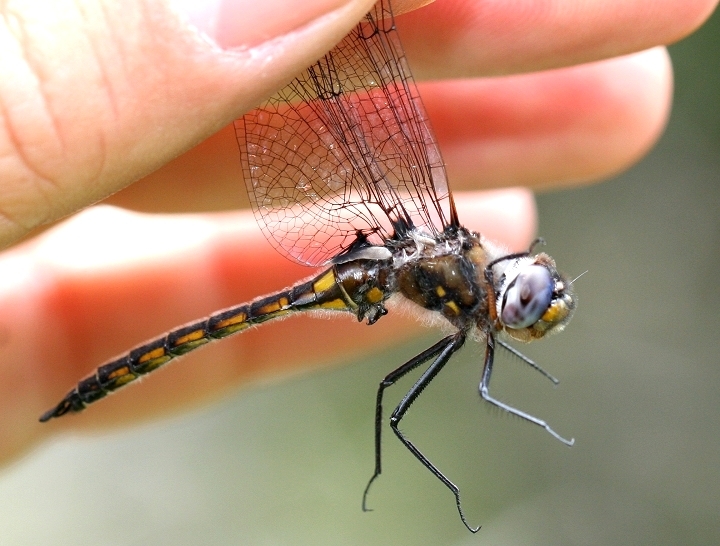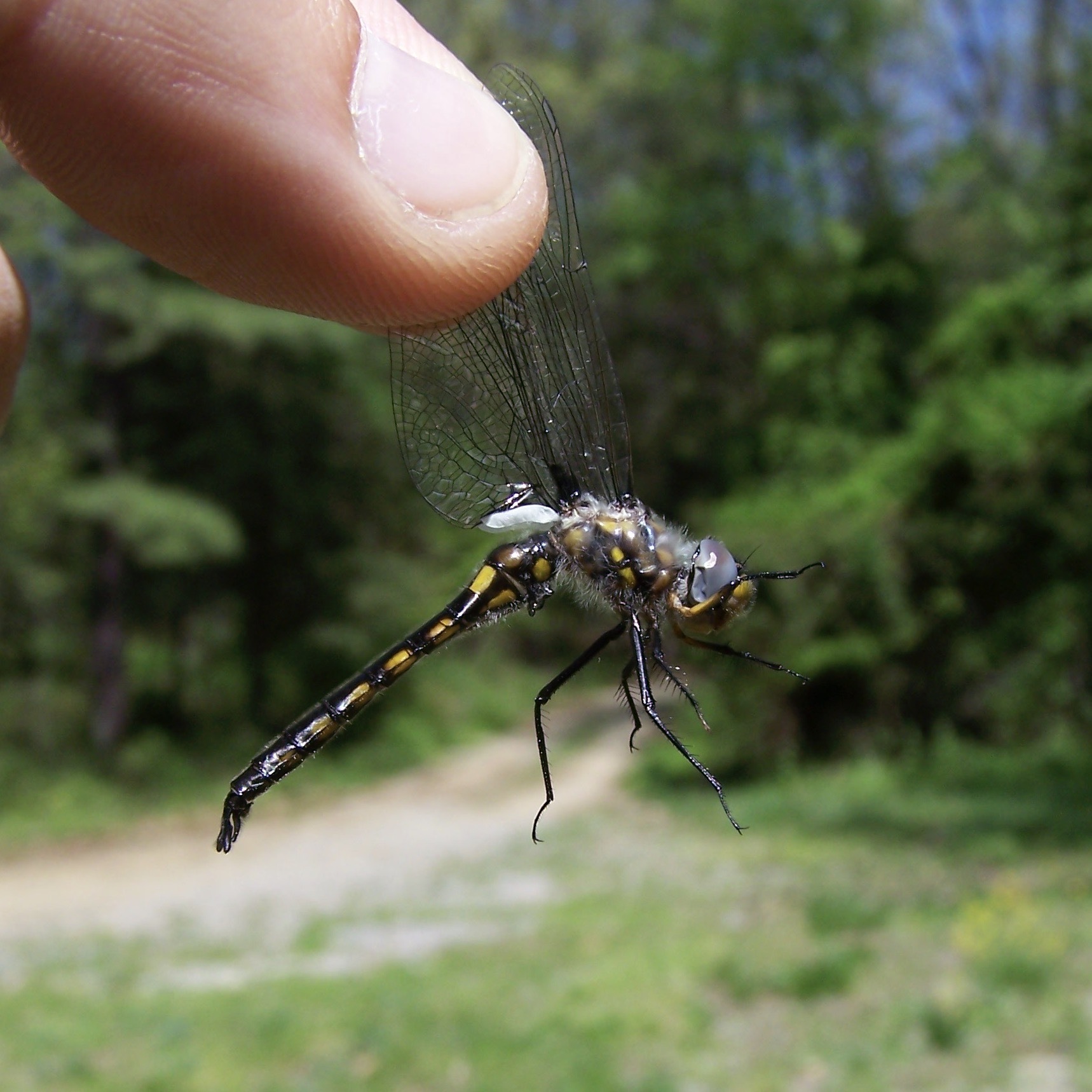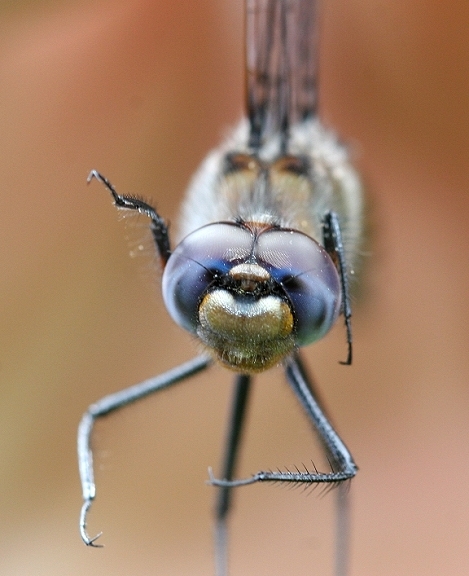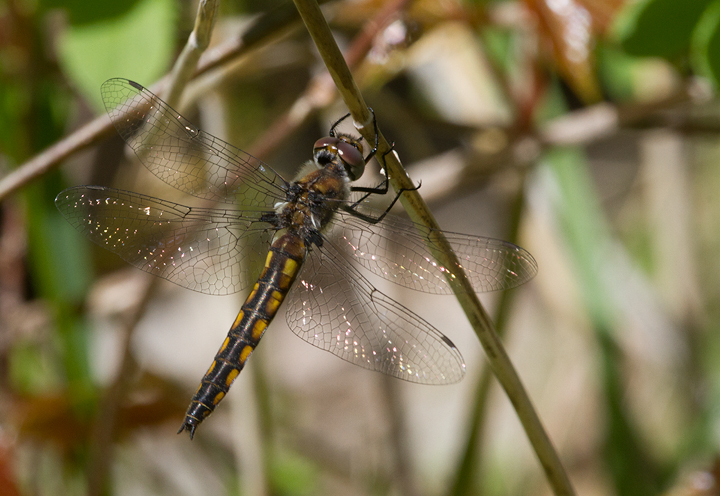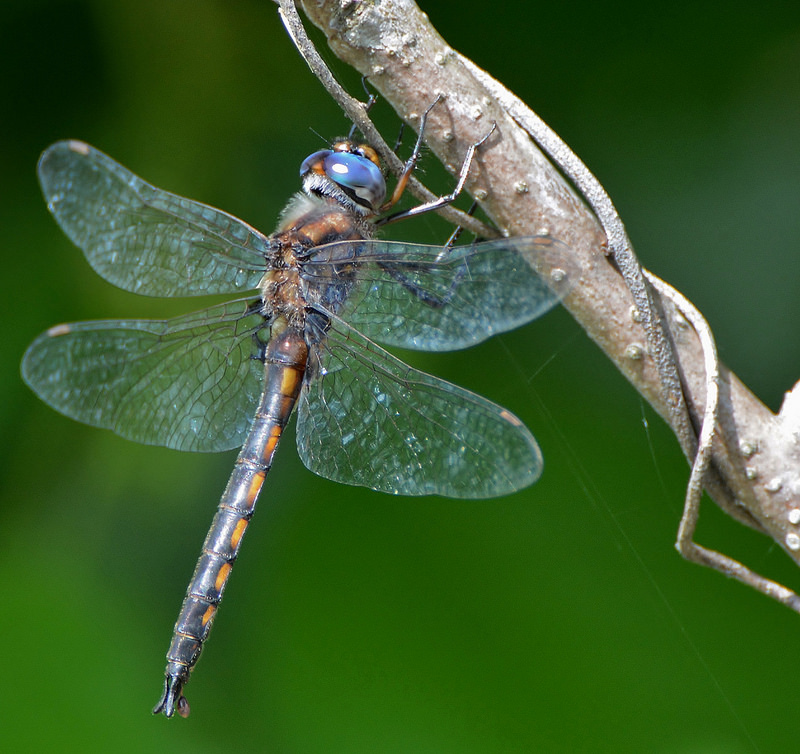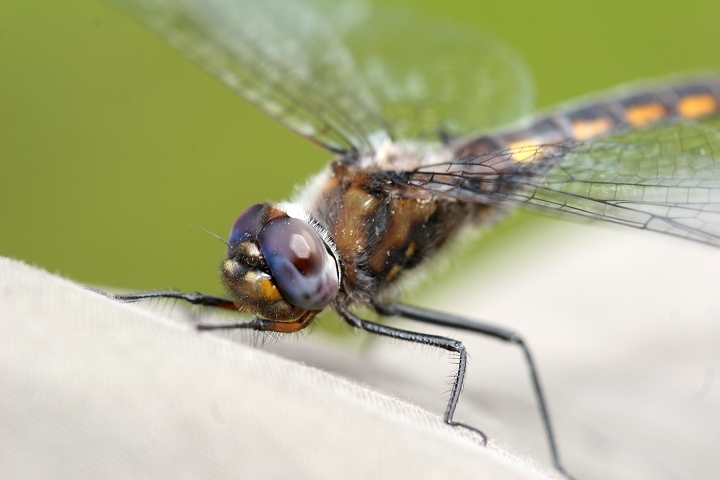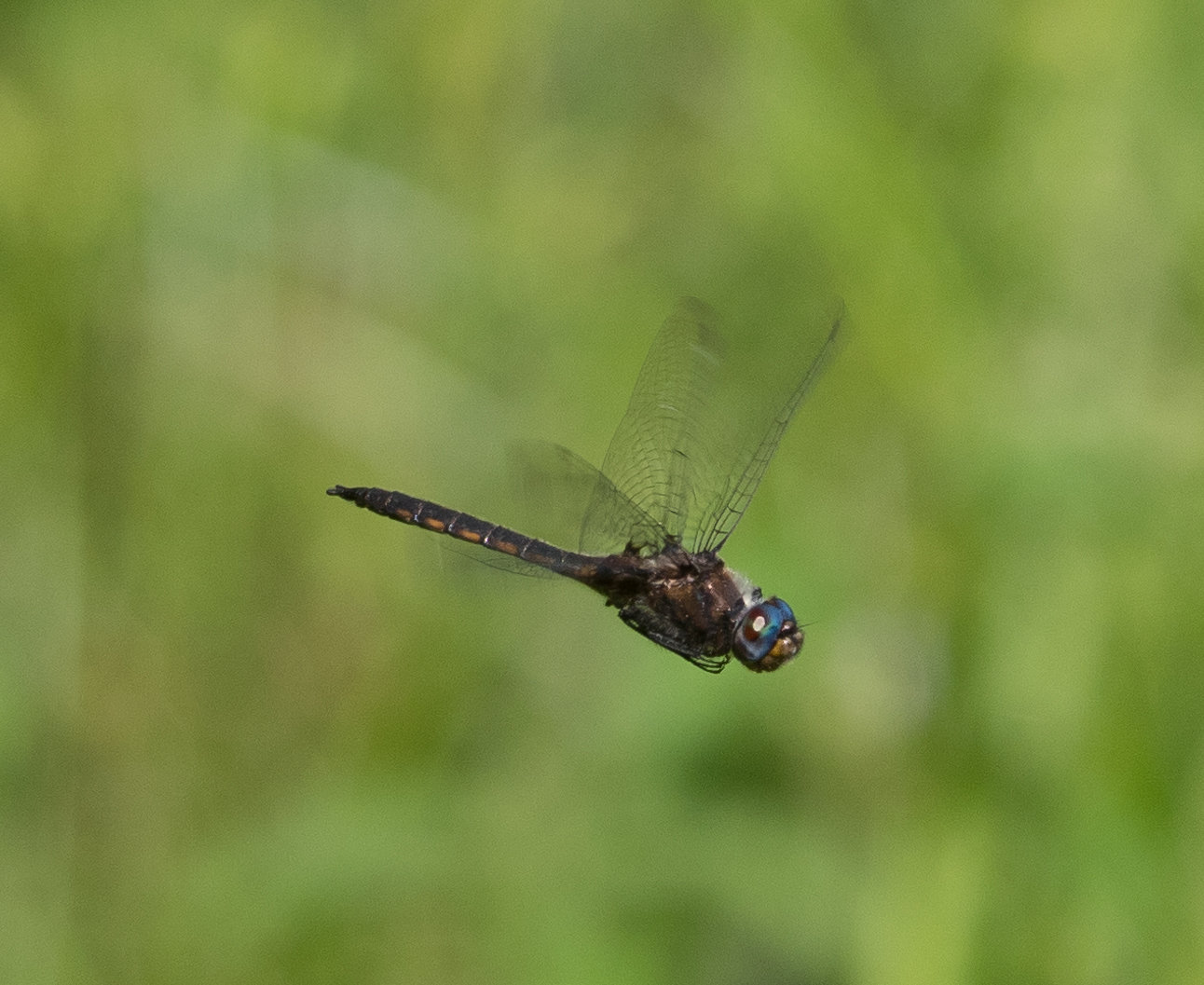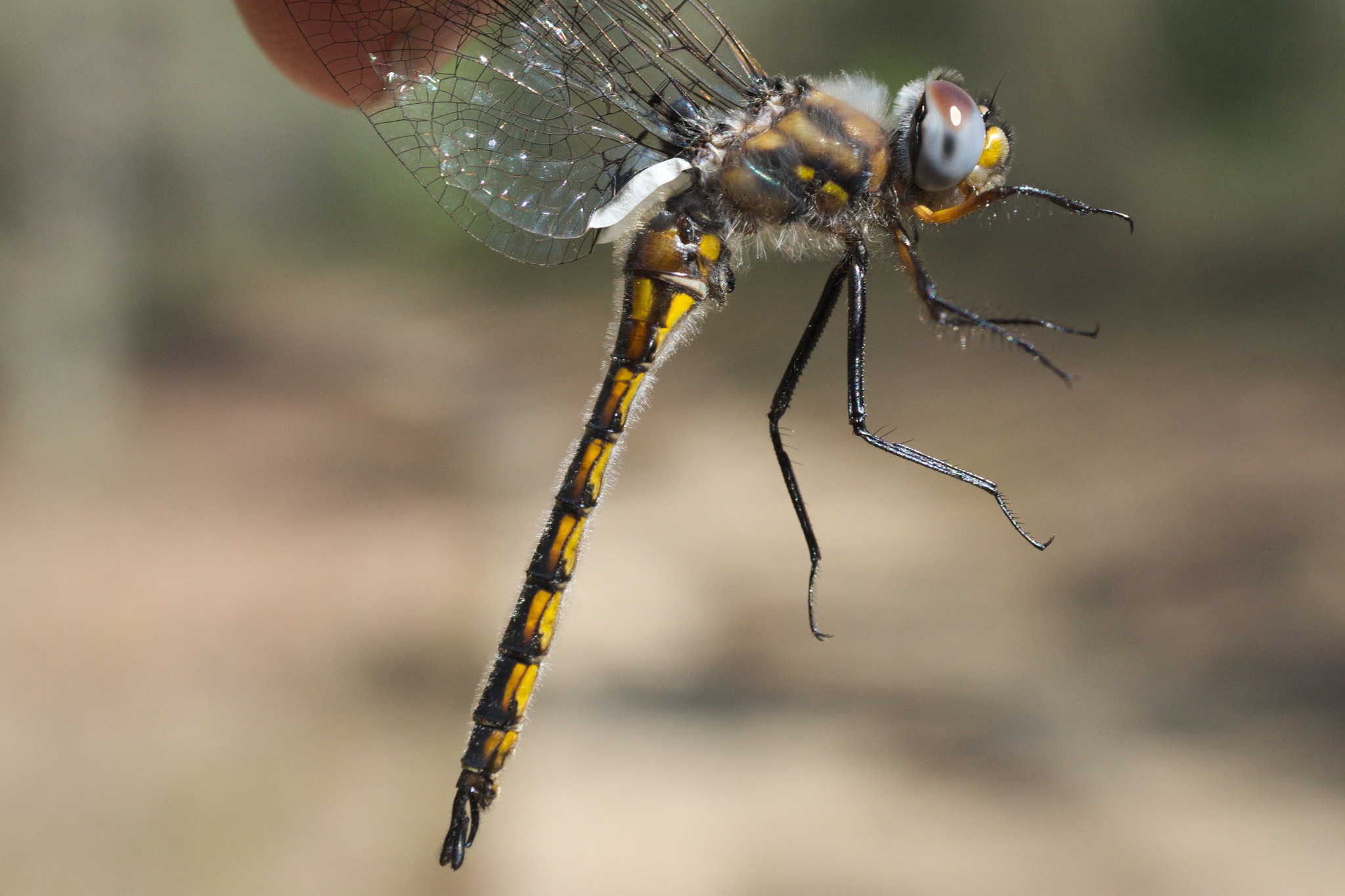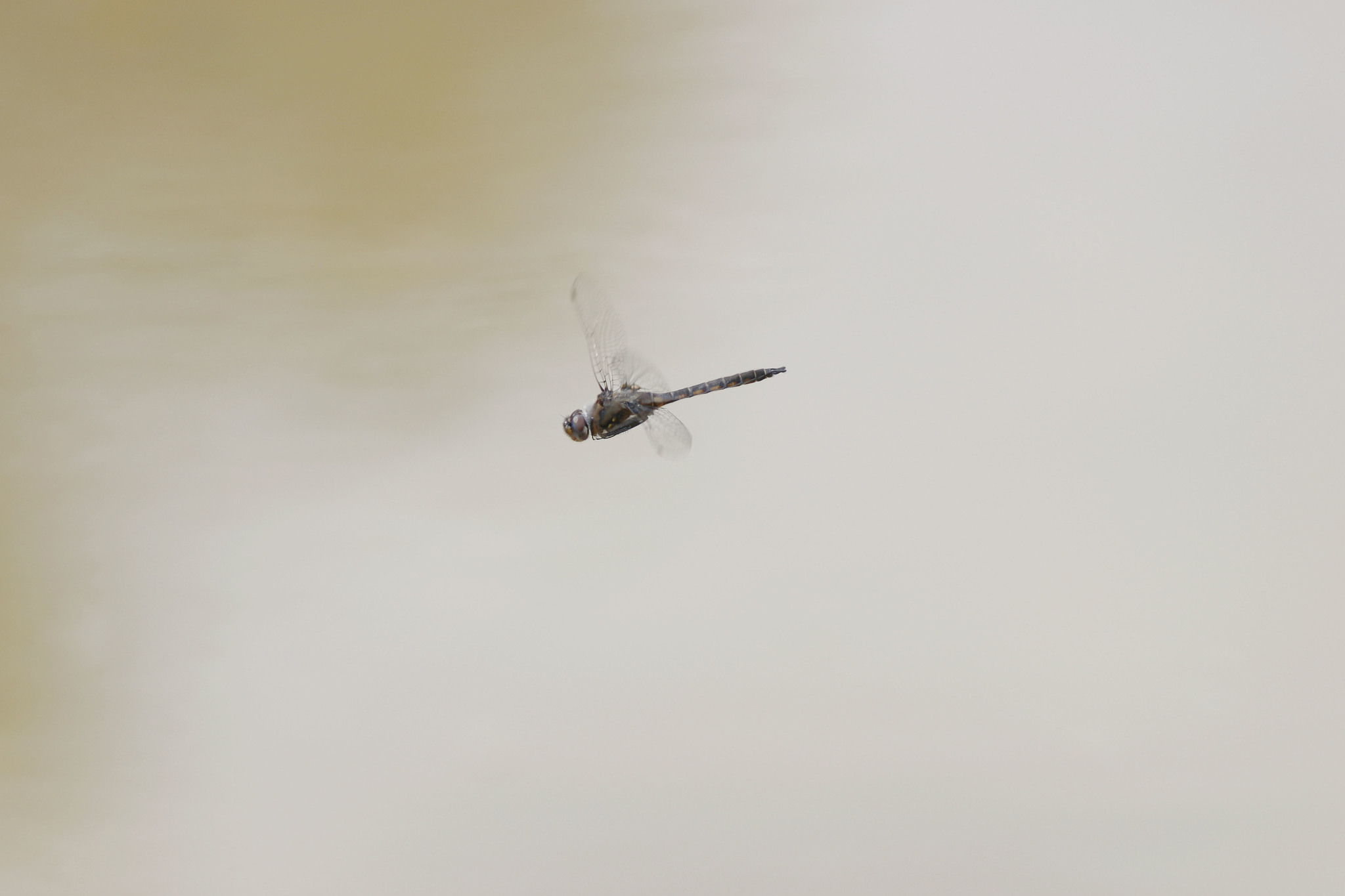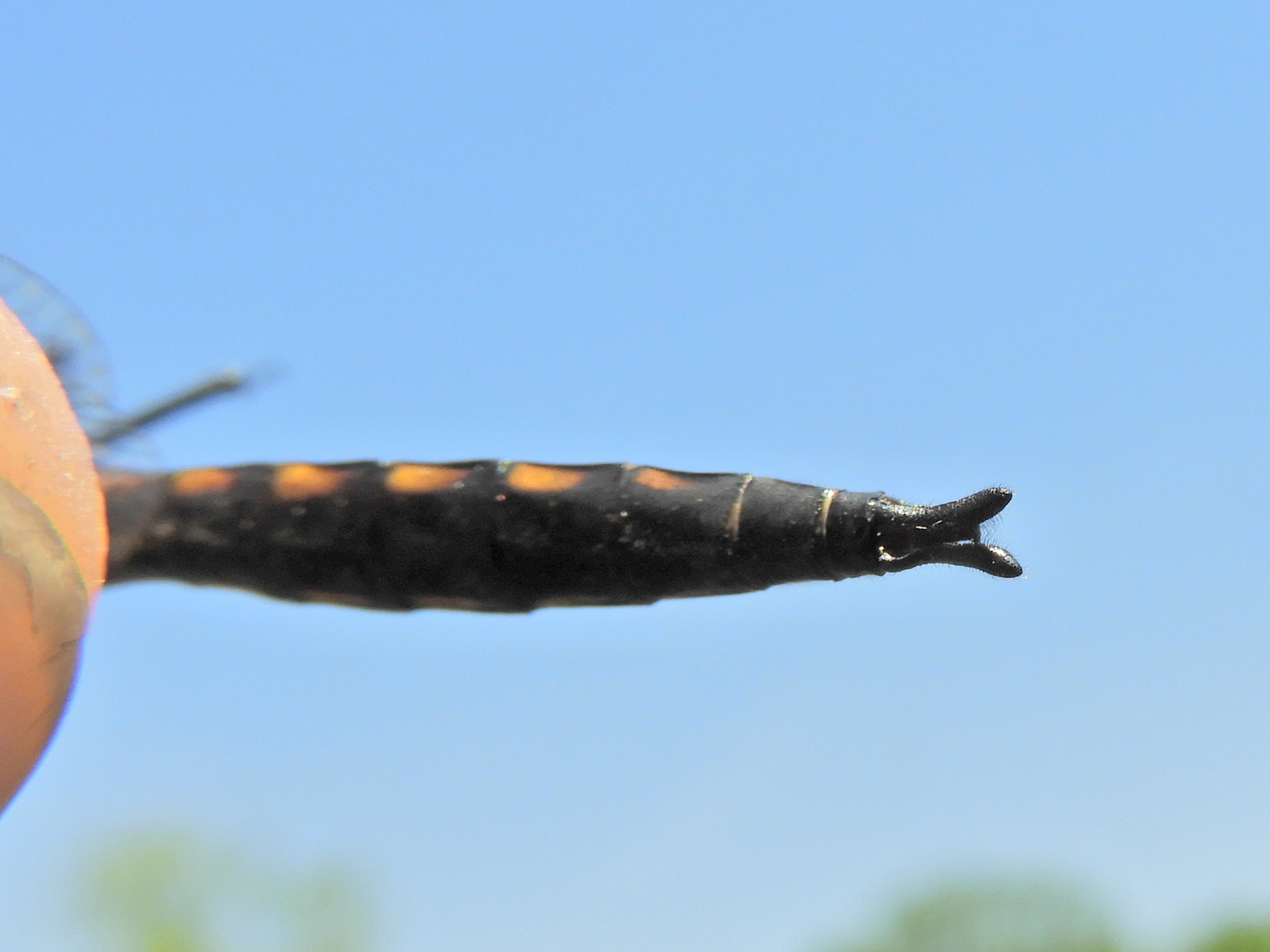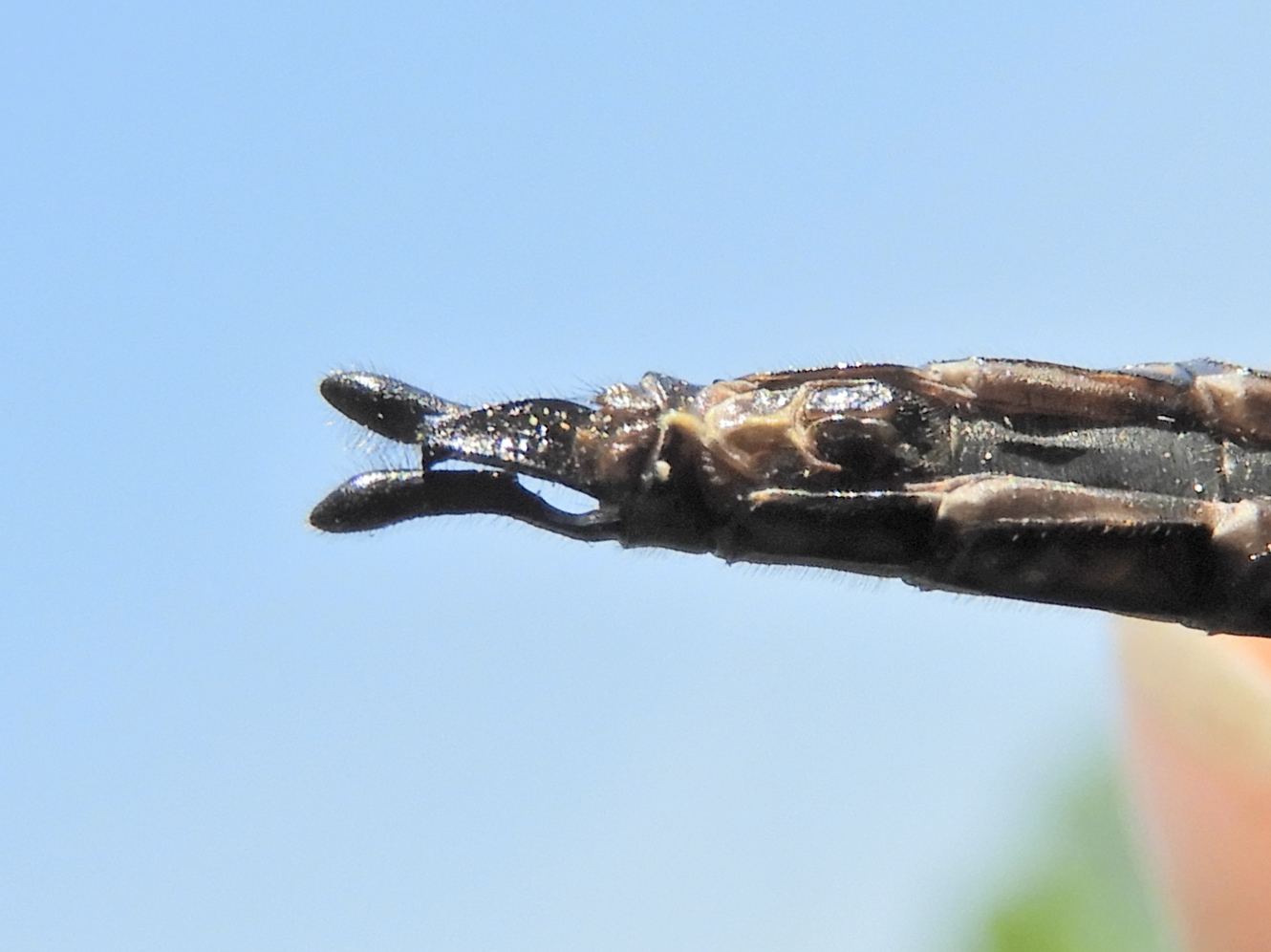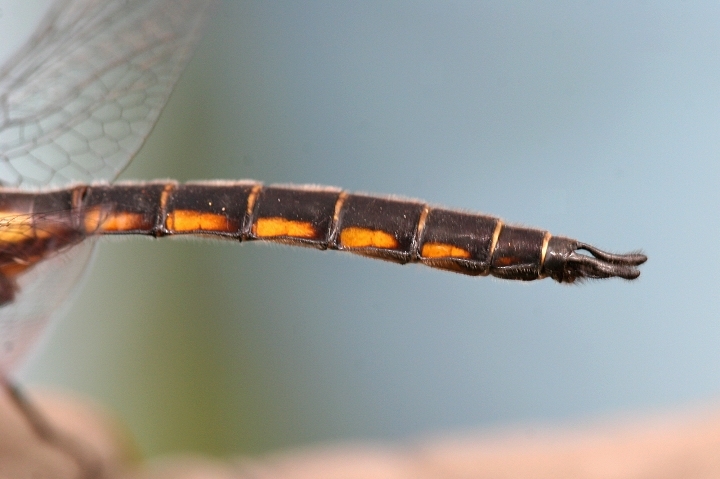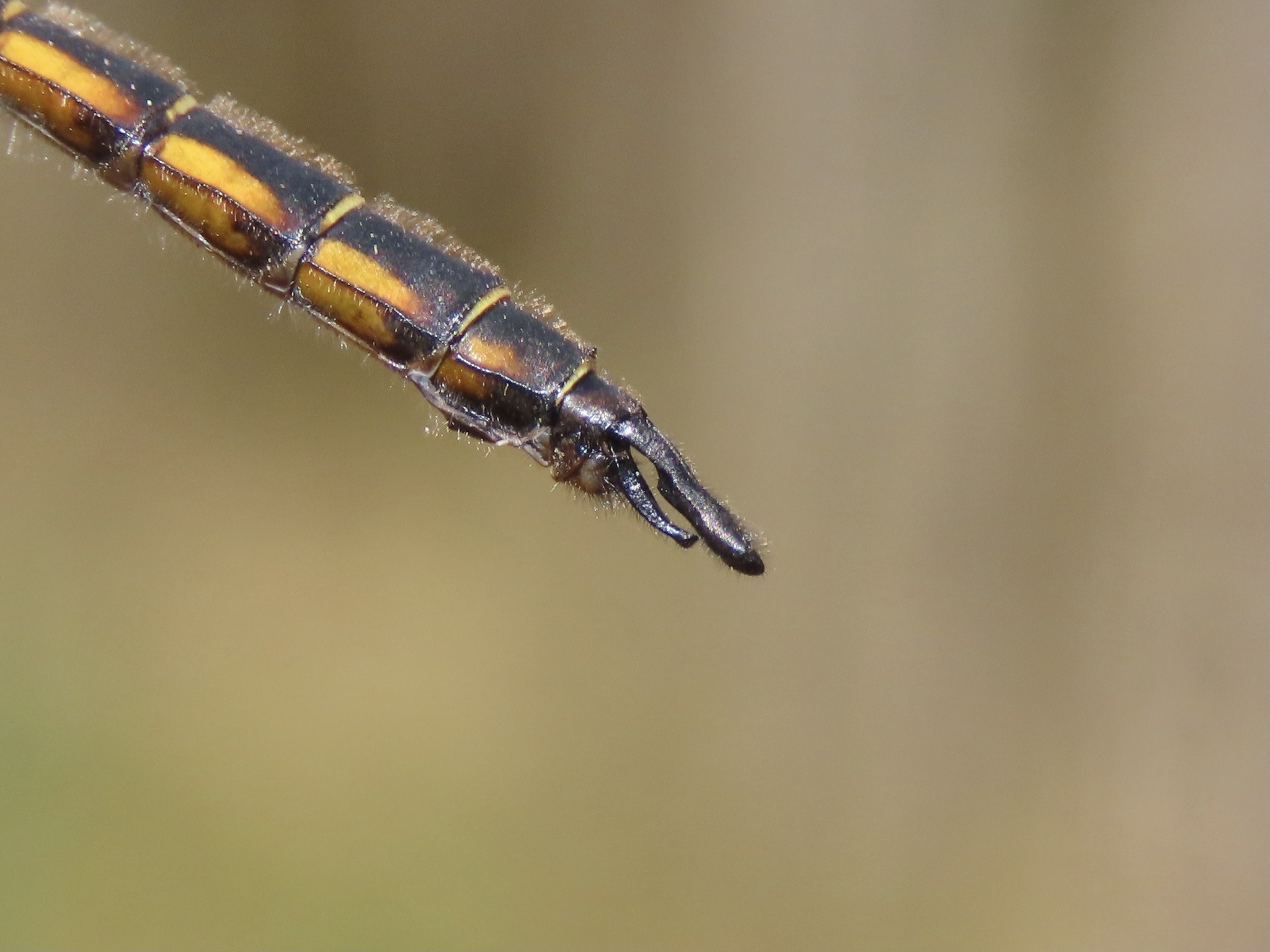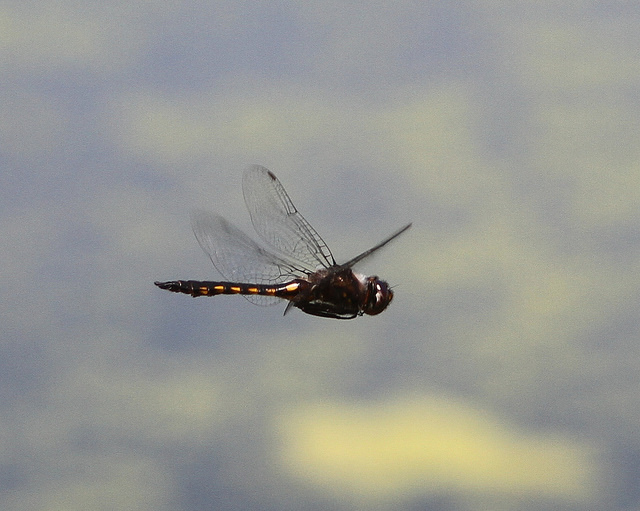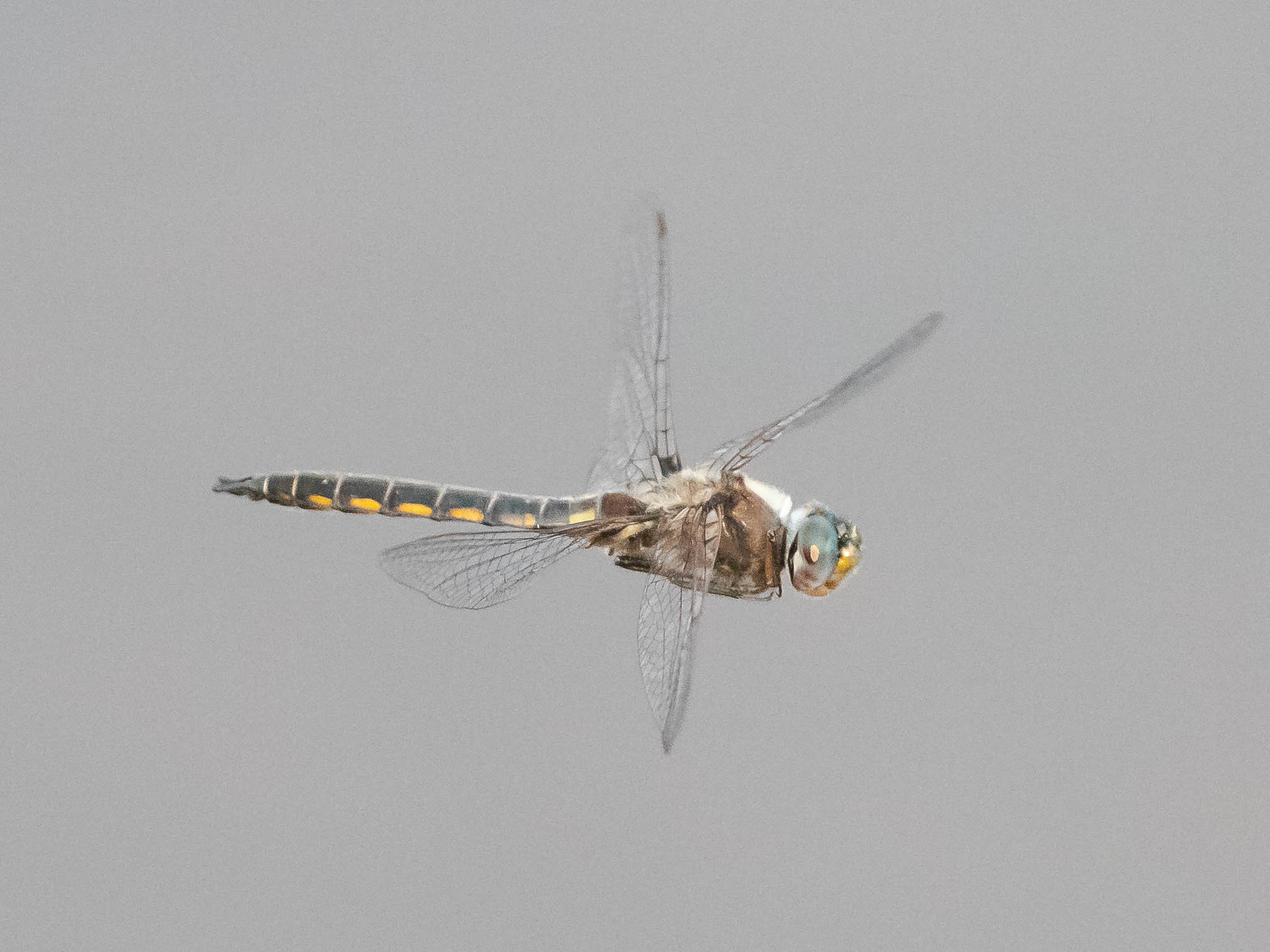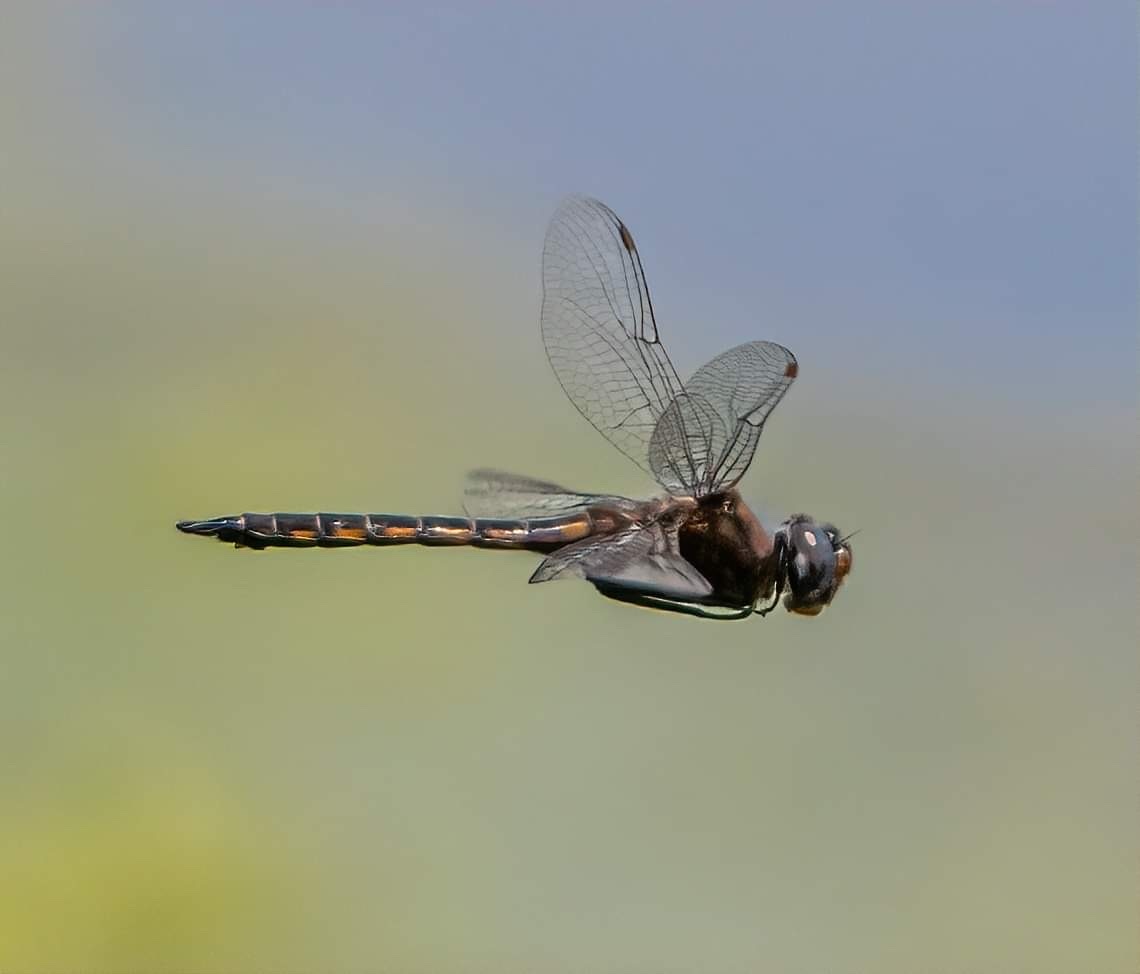Map Snapshot























407 Records
Status
Common Baskettail (Epitheca cynosura) is very close in appearance to several other small Epitheca species in Maryland, but is the most widespread and ubiquitous one. This adaptable dragonfly will breed in a wide variety of ponds or slow streams (Paulson, 2011). Common Baskettail occurs statewide, and is often abundant (Richard Orr's The Dragonflies and Damselflies of Maryland and the District of Columbia).
Seasonality Snapshot
Source: Wikipedia
| Common baskettail | |
|---|---|

| |
| Male | |
| Scientific classification | |
| Domain: | Eukaryota |
| Kingdom: | Animalia |
| Phylum: | Arthropoda |
| Class: | Insecta |
| Order: | Odonata |
| Infraorder: | Anisoptera |
| Family: | Corduliidae |
| Genus: | Epitheca |
| Species: | E. cynosura
|
| Binomial name | |
| Epitheca cynosura | |

| |
| Range of E. cynosura[3] | |
| Synonyms | |
| |
The common baskettail (Epitheca cynosura) is a species of dragonfly in the family Corduliidae.
Etymology
[edit]
This is the most common baskettail within its range, hence the name.
The scientific name, cynosura, means dog tail, and possibly refers to way the cerci at the end of the abdomen curve outward like a dog wagging its tail one way then the other.[4]
Description
[edit]The thorax is brown and hairy. Some specimens have a triangular spot at the base of the hindwing.[5] Individuals are difficult to distinguish from the other species in this genus. The caudal appendages (structures at the tip of the abdomen) differ between the species and can be compared with known drawings or close-up photos.[6] Their flight season can begin as early as January and extends to August. They may also be seen October to December in north Florida.[7]
References
[edit]- ^ Paulson, D.R. (2017). "Epitheca cynosura". IUCN Red List of Threatened Species. 2017: e.T50970697A65836254. doi:10.2305/IUCN.UK.2017-3.RLTS.T50970697A65836254.en. Retrieved 29 August 2024.
- ^ a b "Epitheca cynosura". Integrated Taxonomic Information System.
- ^ "Distribution Viewer". OdonataCentral. Archived from the original on 3 September 2011. Retrieved 7 December 2009.
- ^ Paulson, Dennis R; Dunkle, Sidney W (14 April 2009). A Checklist of North American Odonata. p. 50.
- ^ Abbott, John C. (2005). Dragonflies and Damselflies of Texas and the South-Central United States. Princeton University Press. p. 226. ISBN 0-691-11364-5.
- ^ Donnelly, Nick. "Notes on Epitheca". OdonataCentral. Archived from the original on 27 July 2011. Retrieved 2 December 2009.
- ^ Dunkle, Sidney W. (2000). Dragonflies Through Binoculars. Oxford University Press. pp. 142–143. ISBN 0-19-511268-7.
External links
[edit]- Epitheca cynosura on BugGuide.Net
